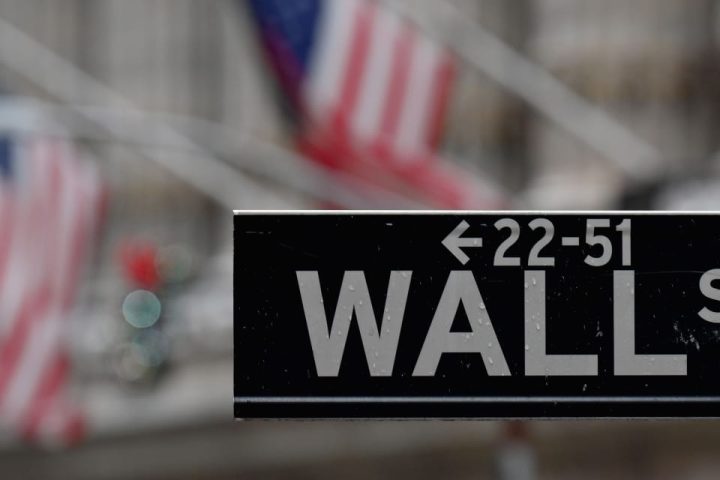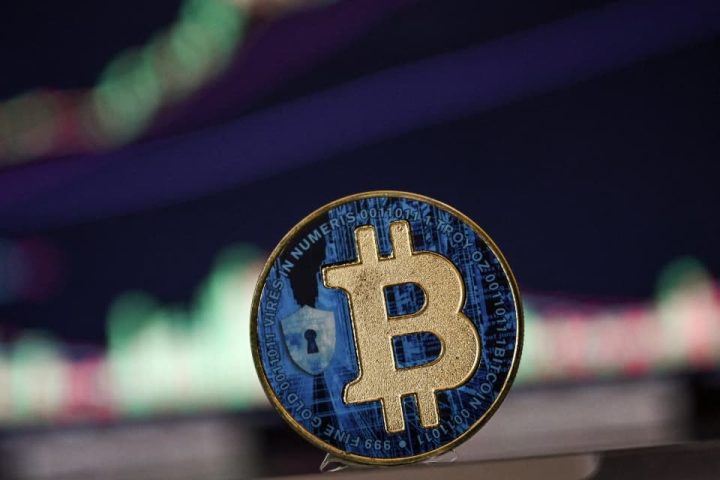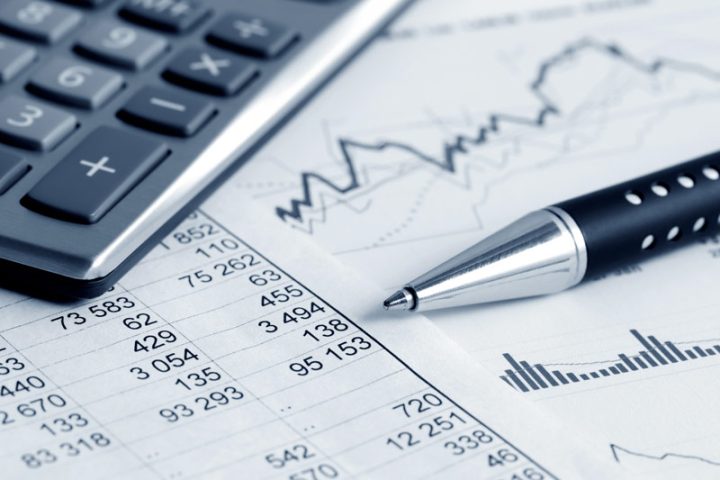The numbers: Consumer spending rose a a sharp 0.7% in September, underscoring the recent strength in the U.S. economy.
Analysts polled by the Wall Street Journal had forecast a 0.5% gain.
Consumer spending is the main engine of the U.S. economy. Outlays grew a robust 4% in the third quarter, marking the biggest increase since 2019 excluding the pandemic years.
Incomes increased 0.3% in September, the government said Friday, but after adjusting for inflation, they fell for the third month in a row.
Key details: Americans spent more last month on services such as travel, healthcare and housing. Some of the increase reflected the rising cost of necessities, however.
Consumers also bought more cars and spent more on prescription drugs and gasoline.
Adjusted for inflation, consumer spending rose a more modest 0.4%.
The U.S. savings rate, meanwhile, slid to 3.4% from 4%. The savings rate has fallen since the end of the pandemic, leaving households with less financial cushion
The so-called PCE price index, the Federal Reserve’s favorite inflation barometer, rose a higher-than-expected 0.4% in September.
Big picture: The economy picked up speed in the third quarter thanks to the big burst of consumer spending, but it can’t be sustained. Households are likely to scale back in the final three months of the year.
There’s no reason to expect a big drop-off in spending, however, given an extremely low unemployment rate. Most people who want a job have one, and that’s likely to support a steady increase in spending.
As long as spending keeps up, the economy can avoid a recession.
Looking ahead: “With a strong jobs market consumers should have plenty of spending power to keep the economy expanding well into next year,” said corporate economist Robert Frick of Navy Federal Credit Union.
Market reaction: The Dow Jones Industrial Average
DJIA,
and S&P 500
SPX,
were set to open slightly higher in Friday trades.
The yield on the 10-year Treasury note
TMUBMUSD10Y,
edged up to 4.89%.
Read the full article here







